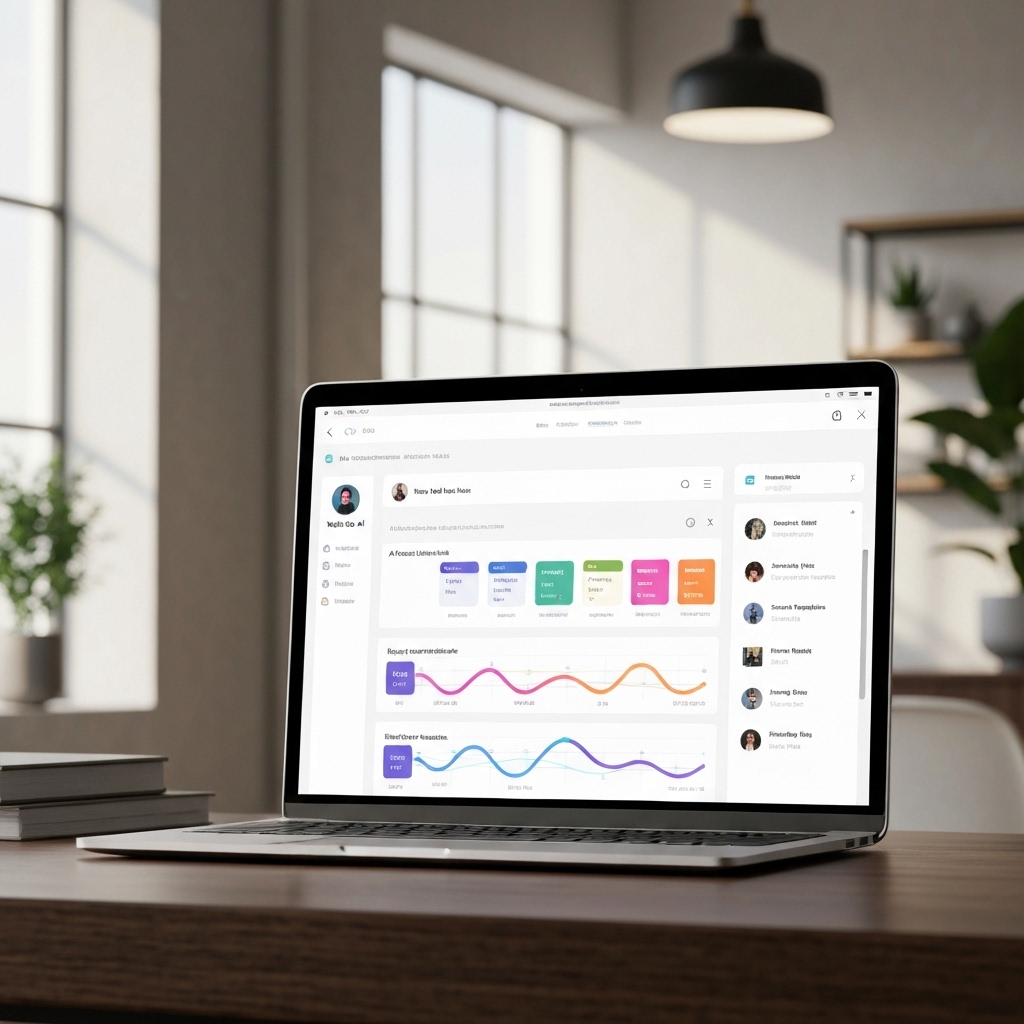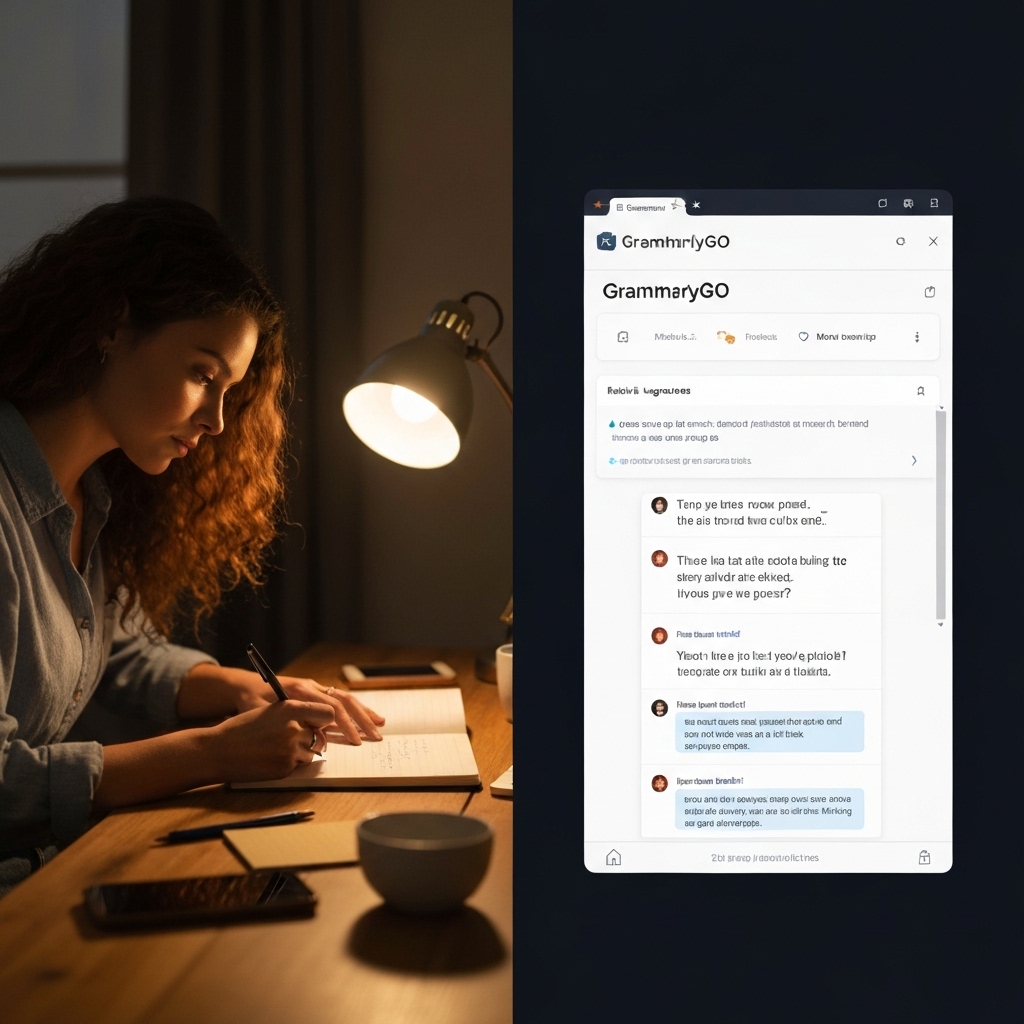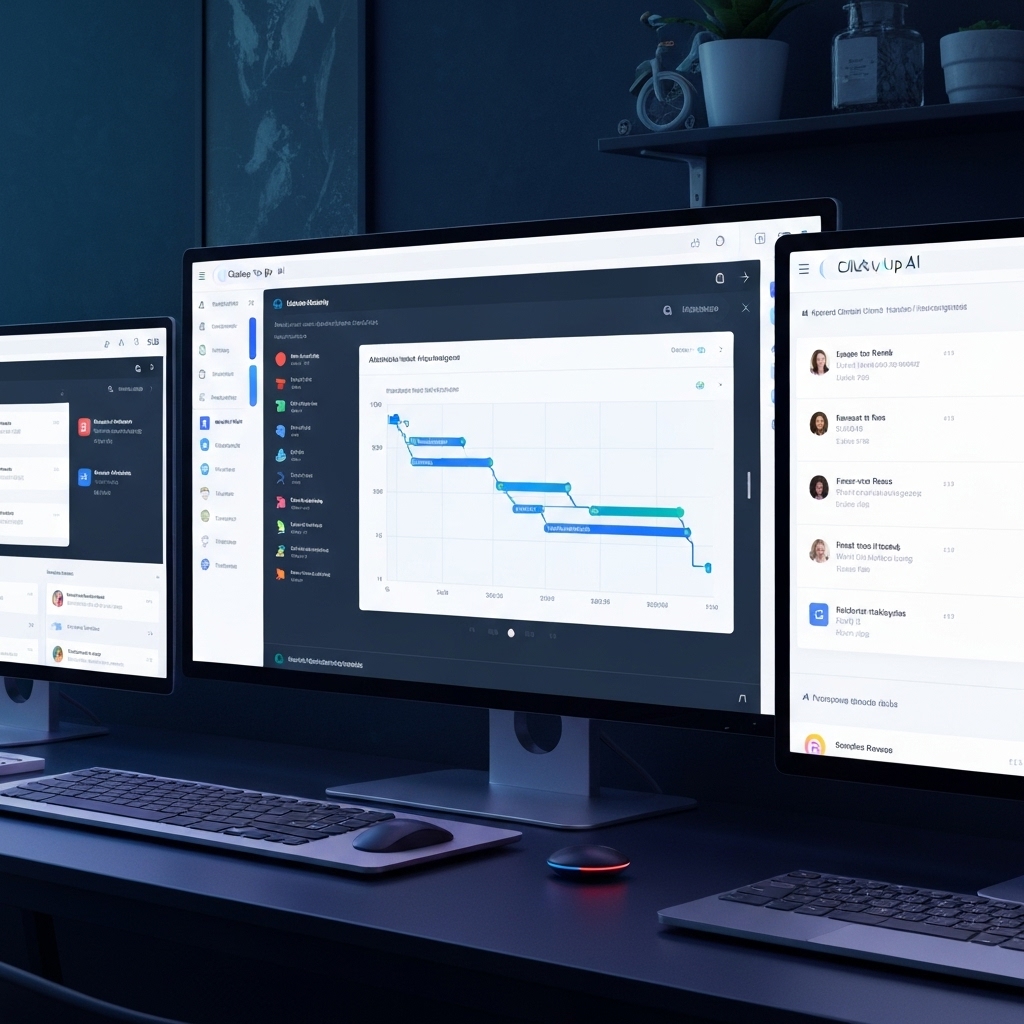AI Productivity Tools Comparison: Finding the Best Fit for Your Workflow
AI Productivity Tools Comparison: Finding the Best Fit for Your Workflow
In today’s competitive work environment, leveraging AI-powered productivity tools is no longer a luxury—it's a necessity. Tools like Microsoft 365 with Copilot are redefining how professionals manage documents, emails, and meetings by offering intelligent suggestions and automating routine tasks. These capabilities not only reduce cognitive load but also free up valuable time for higher-level strategic thinking. With real-time collaboration features enhanced by AI, teams can work more cohesively, regardless of geographic location.
Another standout in the productivity space is Notion AI, which integrates seamlessly into its all-in-one workspace to assist with note-taking, task management, and content generation. Its adaptive interface learns from user behavior, offering personalized templates and smart summaries that dramatically cut down on planning time. For knowledge workers drowning in information overload, Notion AI acts as both an organizer and a creative partner, helping transform fragmented ideas into structured action plans.
Meanwhile, automation-focused platforms like Zapier empower users to connect disparate apps and automate repetitive workflows without writing a single line of code. By triggering actions across services like Gmail, Slack, and Google Sheets, Zapier minimizes manual data entry and reduces errors—two major productivity killers. The platform’s AI-powered "Zap Generator" takes this further by allowing users to create complex automations using plain-language prompts, making advanced workflow design accessible to non-technical teams.
Choosing the right AI tool ultimately depends on your specific workflow demands, but the common thread is clear: intelligent automation leads to measurable gains in efficiency and focus. Whether it’s drafting faster with AI assistance or eliminating tedious tasks through smart integrations, these tools offer a compelling edge. As the workplace continues to evolve, adopting AI-driven solutions isn’t just about keeping pace—it’s about staying ahead.
Notion AI: All-in-One Workspace Intelligence
Notion AI transforms the way teams and individuals manage information by embedding intelligent automation directly into the Notion workspace. With features like smart content generation, users can quickly draft project plans, create blog outlines, or generate action items without starting from scratch. This reduces cognitive load and accelerates productivity, especially for remote teams juggling multiple responsibilities. By leveraging natural language processing, Notion AI understands context and style, enabling it to produce coherent and relevant text that aligns with user intent. Explore how Notion AI enhances workflow efficiency on the official Notion AI product page.
One of the standout capabilities of Notion AI is its ability to summarize lengthy documents or task lists into concise, actionable insights. Whether you're reviewing meeting transcripts or condensing research notes, the AI delivers clear summaries that preserve key details. It also excels at generating automated meeting notes when integrated with calendar and note-taking systems, ensuring no critical point is overlooked. These features are particularly valuable for professionals striving to maintain clarity and momentum across fast-moving projects.
For individuals already using Notion for personal organization or team collaboration, Notion AI acts as a force multiplier—turning unstructured ideas into polished documents with minimal input. From drafting emails to creating study guides, the AI adapts to diverse use cases while maintaining consistency in tone and format. Its seamless integration means there’s no need to switch between apps or platforms, preserving focus and workflow continuity. Learn more about maximizing productivity with AI-powered tools through resources like NoteFull AI, which offers practical tips and real-world examples.

Microsoft Copilot: Deep Integration with Office 365
Microsoft Copilot seamlessly integrates into the Microsoft 365 suite, bringing AI-powered assistance directly into the tools millions use every day—Word, Excel, Outlook, and Teams. By leveraging contextual understanding across these applications, Copilot enhances productivity by drafting professional emails in Outlook, summarizing lengthy documents in Word, and even generating data-driven insights in Excel. This deep integration means users don’t need to switch platforms or learn new interfaces to benefit from advanced AI capabilities. For businesses already invested in the Microsoft ecosystem, Copilot acts as a natural extension of their workflow rather than a disruptive add-on.
In Microsoft Teams, Copilot transforms collaboration by summarizing meetings, extracting action items, and highlighting key discussion points—even identifying who said what. This is particularly valuable for enterprise teams juggling multiple projects and time zones, where missing critical information can slow progress. According to Microsoft’s official blog, Copilot is designed to reduce cognitive load, allowing employees to focus on strategic work instead of administrative overhead. The AI’s ability to understand organizational context ensures responses are relevant and secure within enterprise compliance frameworks.
What sets Microsoft Copilot apart is its access to real-time data within user documents and communications—while maintaining privacy and security standards expected in corporate environments. Unlike standalone AI tools, Copilot operates within the trusted boundaries of Microsoft 365, using Azure AI and stringent data protection protocols. Enterprises benefit from a solution that doesn’t just automate tasks but understands the nuances of their operations. More details on security and compliance can be found on Microsoft Learn.
For organizations aiming to boost efficiency without overhauling their tech stack, Microsoft Copilot offers a compelling advantage. It turns everyday applications into intelligent assistants capable of handling routine tasks with minimal input. As AI continues to reshape workplace productivity, Copilot positions itself not as a futuristic concept, but as a practical, deployable tool available today. Businesses looking to stay competitive can leverage Copilot to empower employees, accelerate decision-making, and maintain an edge in fast-moving markets.
GrammarlyGO: Real-Time Writing Enhancement
GrammarlyGO is revolutionizing the way professionals approach writing by combining advanced AI with intuitive, real-time feedback. Unlike traditional grammar checkers that merely flag errors, GrammarlyGO actively enhances your content by suggesting improvements in clarity, tone, and style—tailored to your specific audience and purpose. Whether you're drafting a persuasive marketing email or outlining a blog post, it adapts dynamically to maintain your unique voice while elevating the impact of your message. This makes it an indispensable tool for anyone looking to communicate more effectively in today’s fast-paced digital landscape.
One of GrammarlyGO's standout features is its ability to adjust tone based on context, ensuring your message comes across as professional, friendly, or authoritative—whatever the situation demands. For marketers and content creators, this means less time editing and more time focusing on strategy and creativity. The platform also supports content ideation, helping users overcome writer’s block by generating relevant talking points and suggestions. According to Grammarly, these capabilities are powered by cutting-edge language models trained on vast datasets to understand nuance and intent at a deeper level.
What truly sets GrammarlyGO apart is its seamless integration across platforms like Microsoft Office, Google Workspace, and popular web browsers, enabling consistent, high-quality writing no matter where you work. With robust privacy protections and enterprise-grade security, it’s trusted by individuals and teams alike—from freelancers to Fortune 500 companies. As remote communication continues to grow, tools like GrammarlyGO are not just convenient but essential for maintaining credibility and connection. Explore how it can transform your writing process at GrammarlyGO.

ClickUp AI: Task Automation and Project Insight
ClickUp AI is transforming the way teams manage tasks and collaborate by integrating powerful artificial intelligence directly into the workflow. By automatically generating action items from meeting notes, it eliminates the need for manual follow-ups, ensuring that nothing slips through the cracks. This intelligent feature streamlines communication and keeps every team member aligned with clear, actionable steps—all within a single platform. As remote and hybrid work become standard, tools like ClickUp AI are essential for maintaining productivity without added complexity.
One of the standout capabilities of ClickUp AI is its ability to estimate project timelines with remarkable accuracy. By analyzing historical data and task dependencies, it provides realistic deadlines that help teams plan more effectively and meet client expectations. This predictive power reduces guesswork and supports better resource allocation, making it an invaluable asset for agile project management. According to Project Management Institute, accurate forecasting can significantly improve project success rates, and ClickUp AI delivers exactly that.
Beyond automation and insights, ClickUp AI offers extensive customization, allowing teams to tailor workflows to their unique processes. Whether managing sprints, tracking bugs, or coordinating cross-functional initiatives, users can automate status updates and reduce time spent on administrative tasks. This level of flexibility empowers agile teams to focus on innovation rather than logistics. Explore how organizations are leveraging AI-driven tools at ClickUp's official site to stay ahead in fast-paced environments.

Conclusion: Matching Tools to Your Workflow
Selecting the ideal AI productivity tool starts with understanding your unique workflow and professional demands. Every individual or team operates differently—some rely heavily on collaboration platforms like Slack or Microsoft 365, while others depend on writing-intensive environments or project management systems. Identifying the core activities that consume your time allows you to pinpoint tools that offer meaningful automation, intelligent suggestions, or seamless integration. For instance, if content creation is central to your role, AI-powered writing assistants like Jasper or Grammarly may provide substantial value.
Integration capabilities are a critical factor when evaluating AI tools. A powerful AI that doesn’t sync with your existing software stack can create friction rather than efficiency. Look for platforms that offer native integrations with services you already use, such as Google Workspace, Notion, or Asana. According to TechRadar, interoperability is one of the top considerations for maximizing ROI on productivity software. Tools like Zapier leverage AI to automate cross-app workflows, bridging gaps between otherwise disconnected systems and reducing manual data entry.
Equally important is assessing the learning curve and support resources available. Even the most advanced AI won’t boost productivity if it’s too complex to adopt. Many leading platforms, including Notion AI and Trello with Butler automation, offer intuitive interfaces and robust onboarding experiences. Taking advantage of free trials allows you to test usability in real-world scenarios without financial commitment. This hands-on evaluation helps determine whether the AI enhances focus, reduces repetitive tasks, and aligns with long-term goals.
Ultimately, the right AI tool should feel like a natural extension of your workstyle—not a disruptive addition. By clearly defining your objectives, testing compatibility, and leveraging trial periods, you can make an informed decision backed by experience. As AI continues to evolve, staying proactive in tool selection ensures you remain at the forefront of productivity innovation. For expert insights on emerging AI trends, Wired regularly covers advancements that impact how we work.
